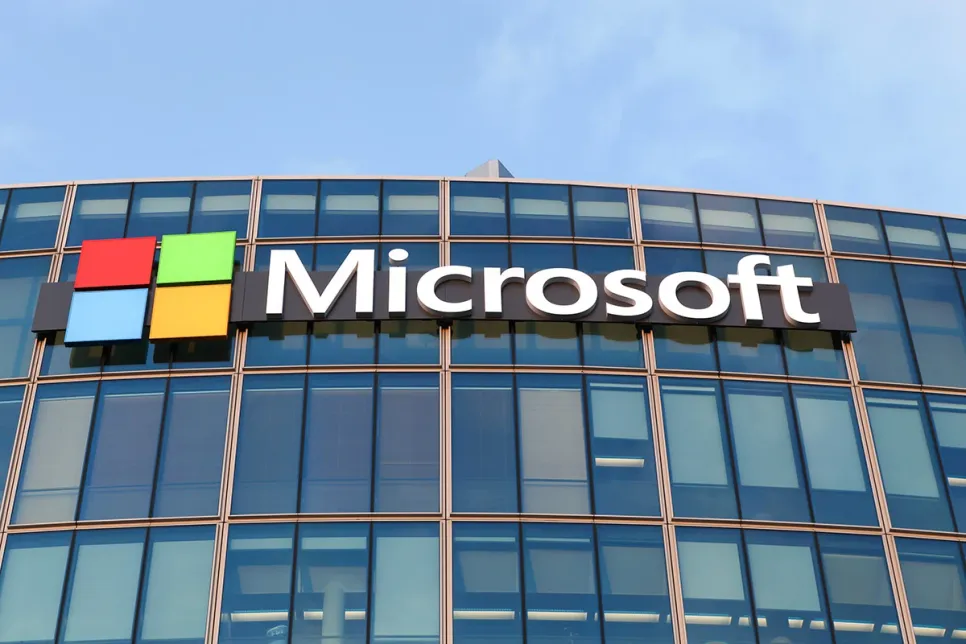Siemens Opens Its Largest Global Research Hub
Siemens has opened the first building complex of its Technology Center (STC) at Garching Research Campus, north of Munich, Germany.

Microsoft will let customers use a chip system it built to process AI queries cheaper and faster, called Project Brainwave, according to Bloomberg.
The first Brainwave service will speed up image recognition so it's almost instantaneous, said Doug Burger, a distinguished engineer in Microsoft Research, who works on the company's chip development strategy for the cloud. Microsoft, starting next year, also will sell an AI-sensor device based on the technology it its motion-controlled Kinect gaming sensor. Called Project Kinect for Azure, it will let cloud customers do things like track motion and map the space around them.
Microsoft CEO Satya Nadella wants to win customers with artificial intelligence tools. Increasingly these services need to operate in Microsoft's own cloud data centers and on customers' connected devices, including factory equipment and drones. As Microsoft, Amazon and Google race to add AI products and make their clouds run faster, all are boosting work on customized microprocessors to try to gain an edge. Microsoft is announcing the new services and products Monday at its annual Build conference for software developers in Seattle.
Brainwave uses customizable chips known as field programmable gate arrays. Microsoft buys the chips from Altera, a subsidiary of Intel, and adapts them for its own purposes using software, an ability that's unique to that type of chip. One early client is electronics manufacturer Jabil, which plans to use the service in factories where it has optical scanners that find possible product defects, including variations in tiny components.
Burger said Microsoft's Brainwave service will provide the fastest analysis of images using one of the most common AI neural networks for such a task, a nearly instantaneous response. Project Kinect for Azure devices will go on sale next year and will let software developers write cloud applications that make use of sound, gestures or spatial understanding of the surrounding area.